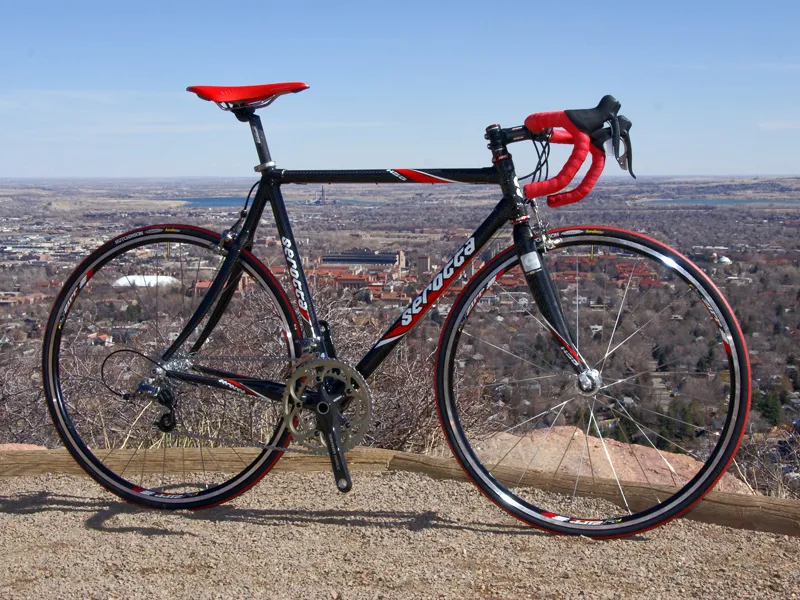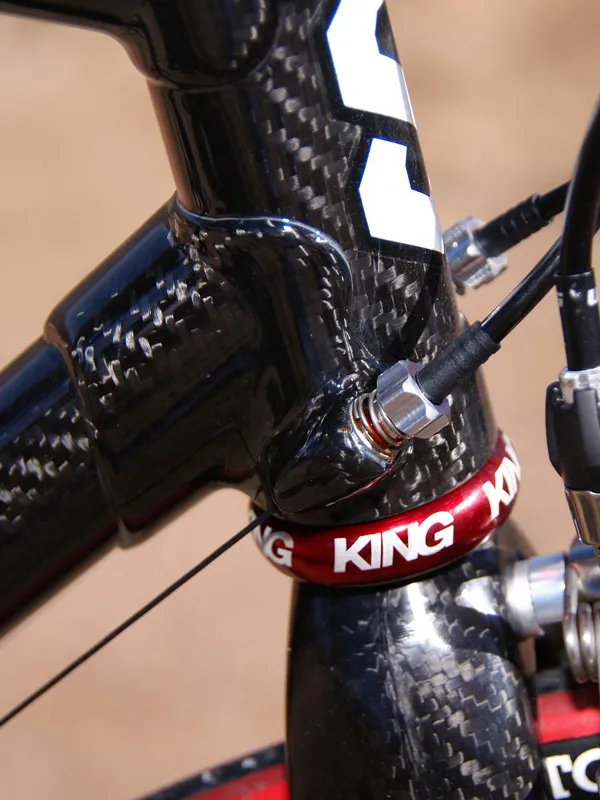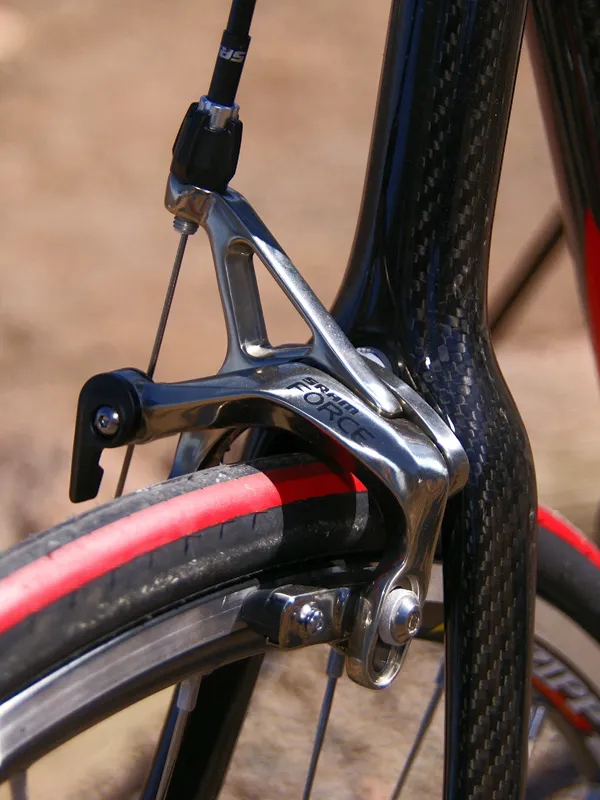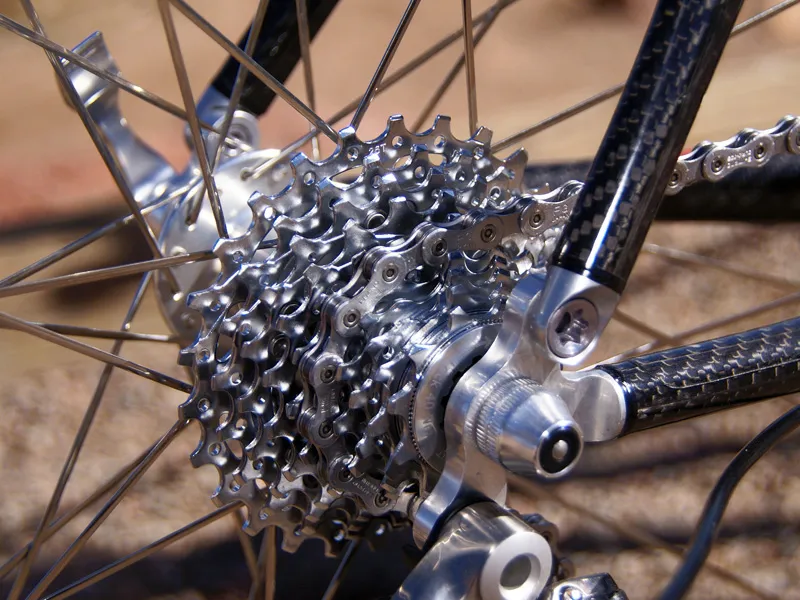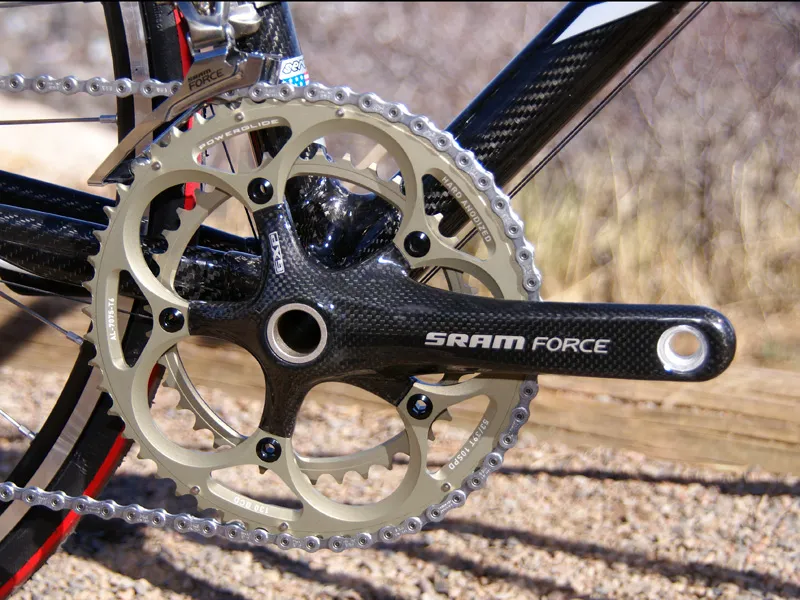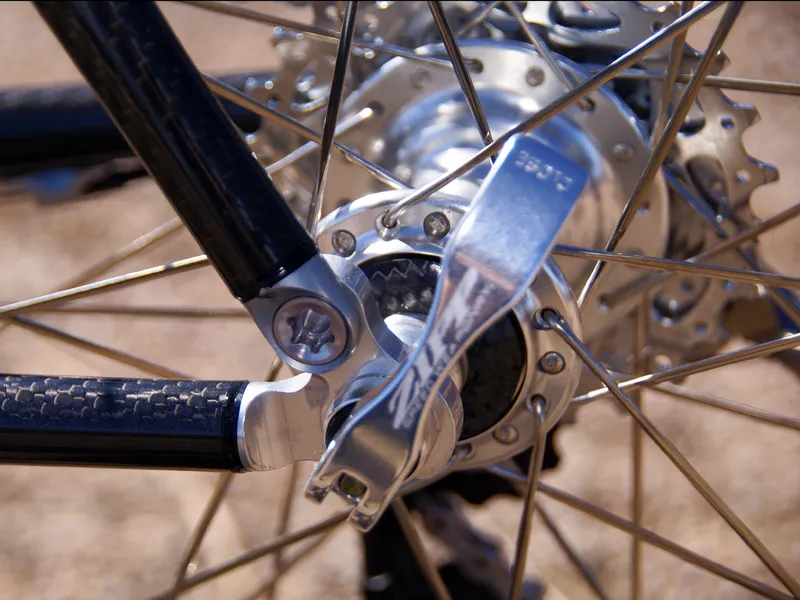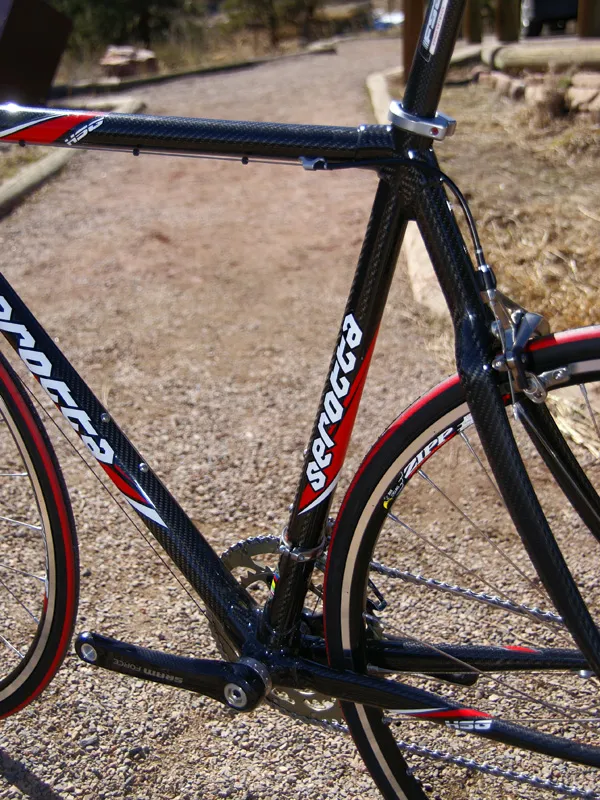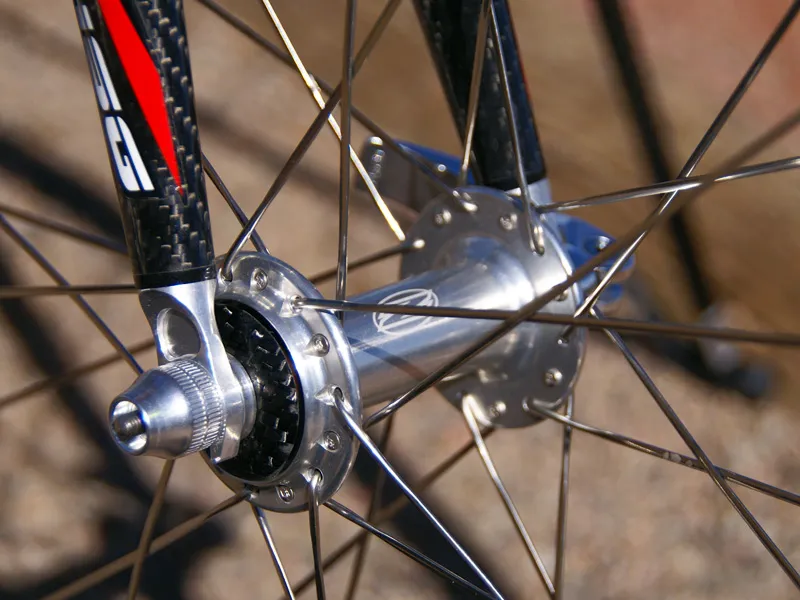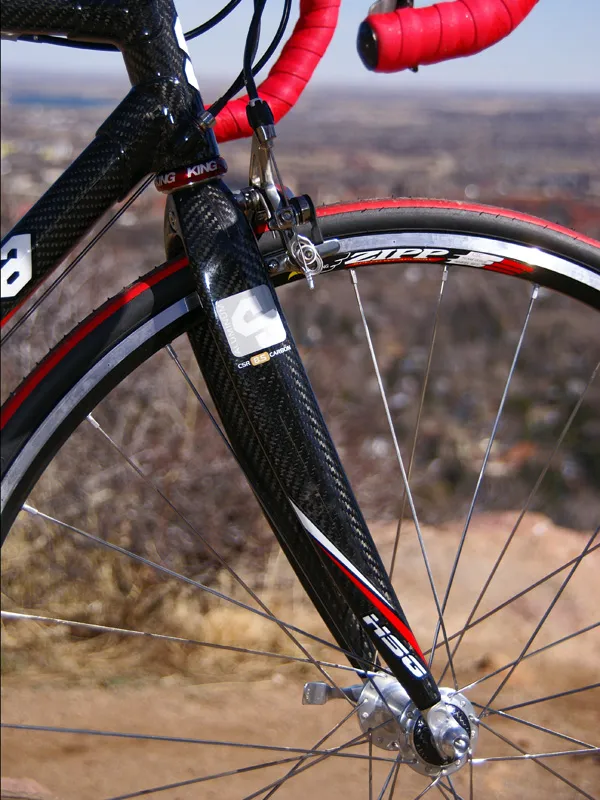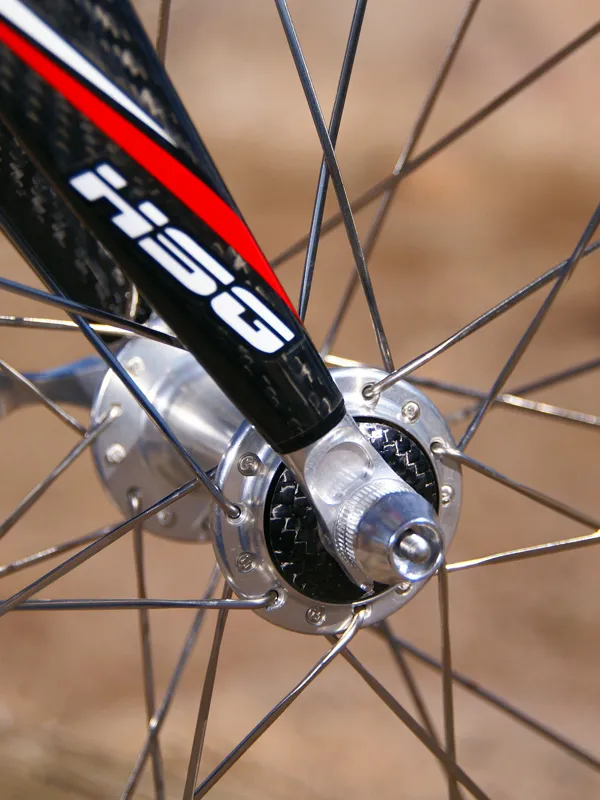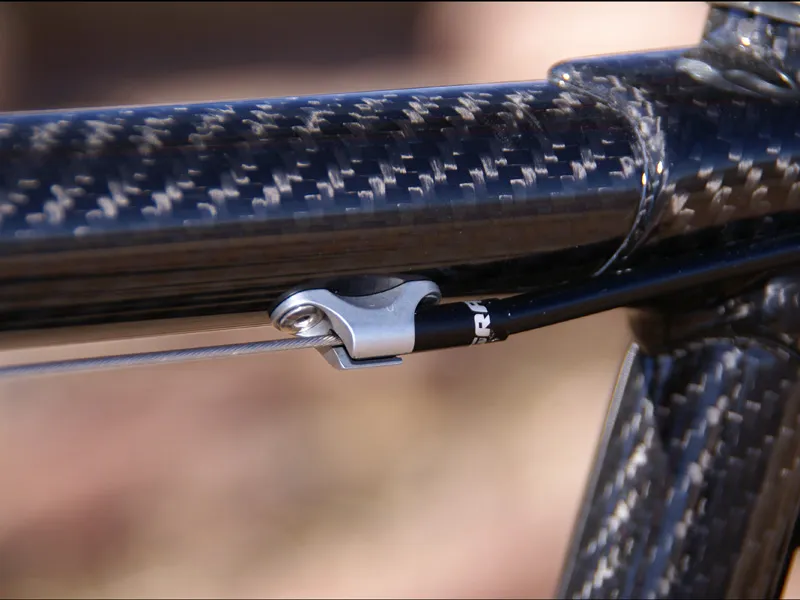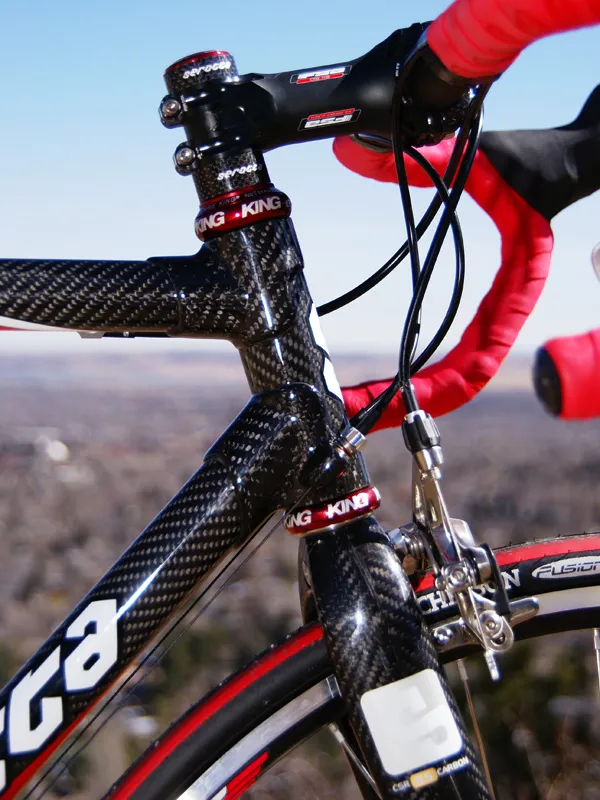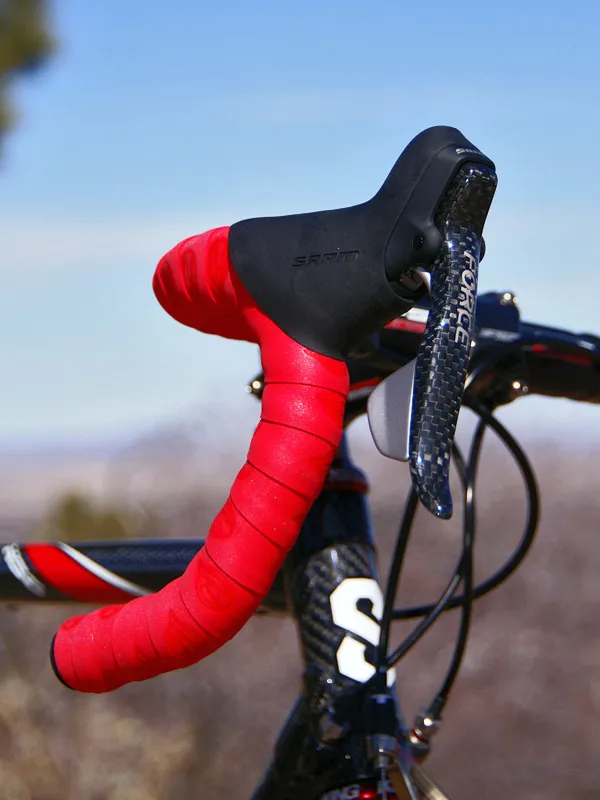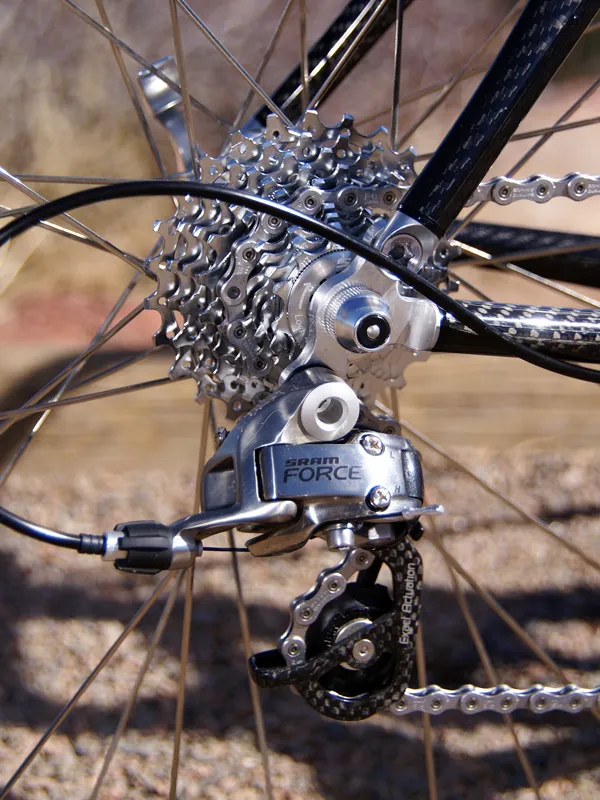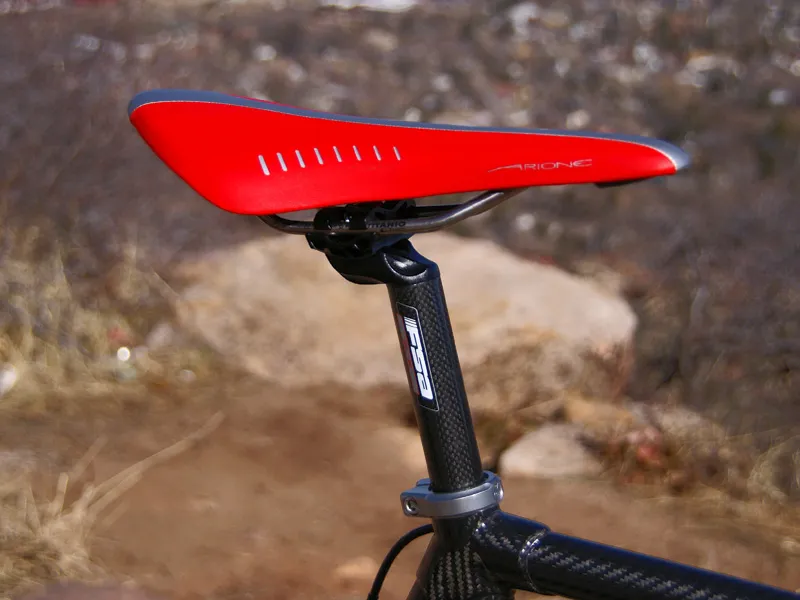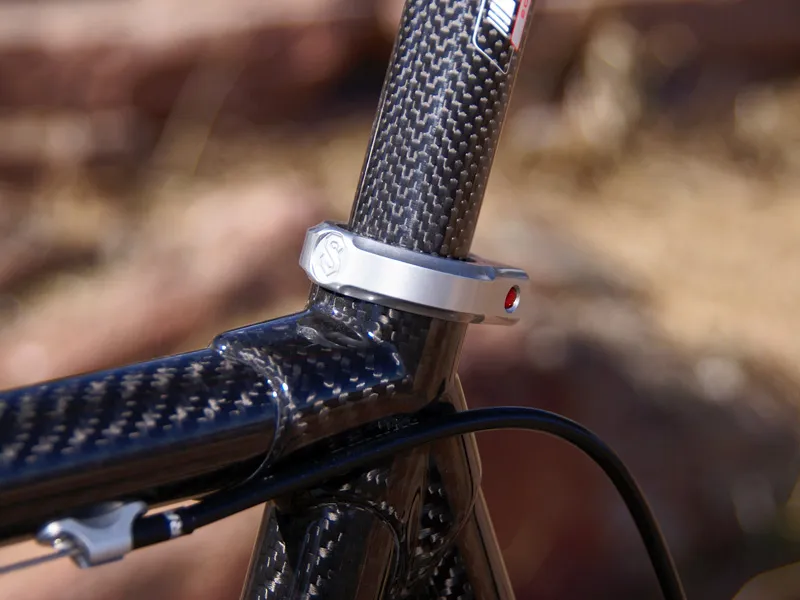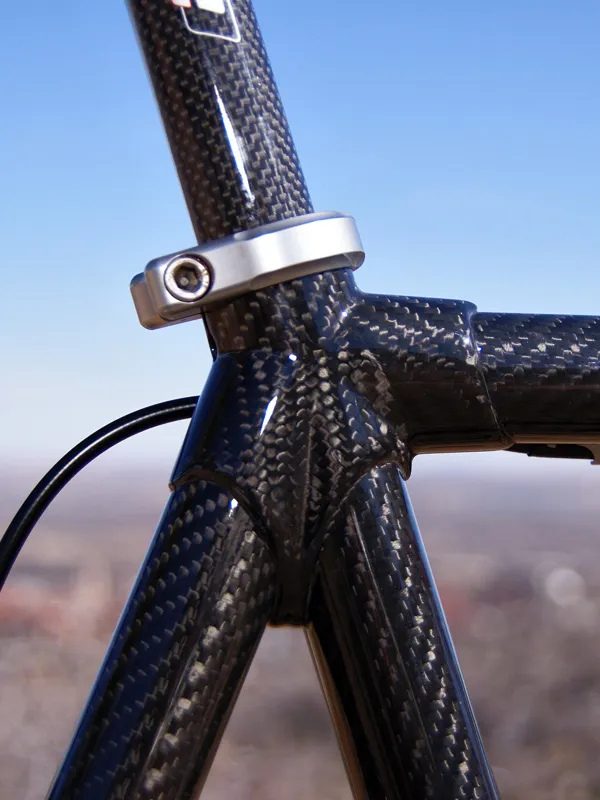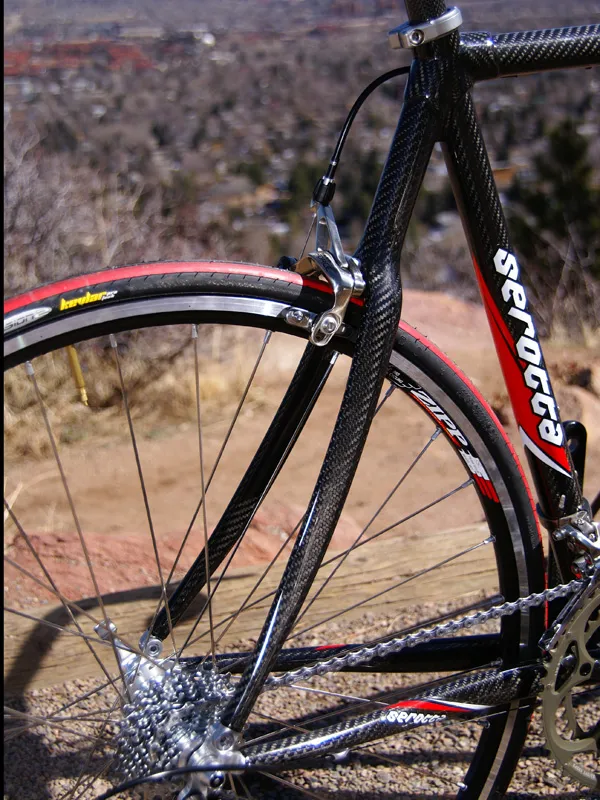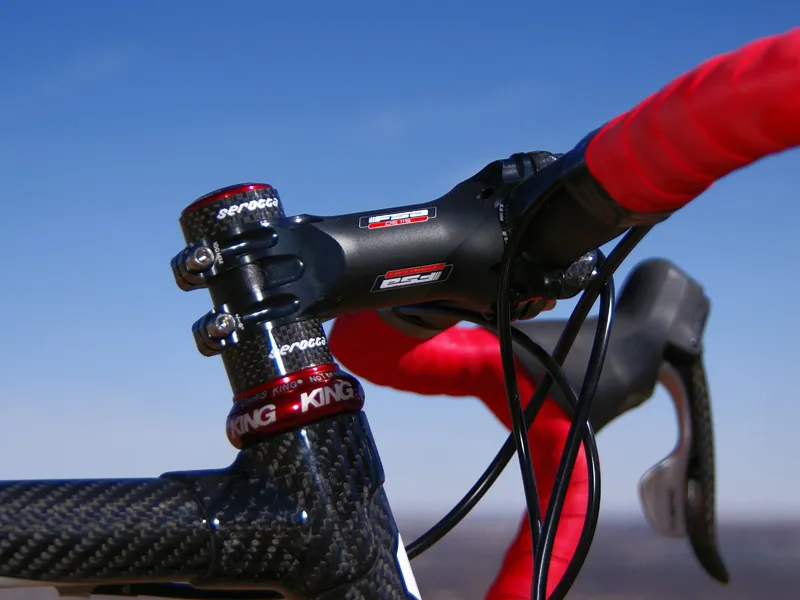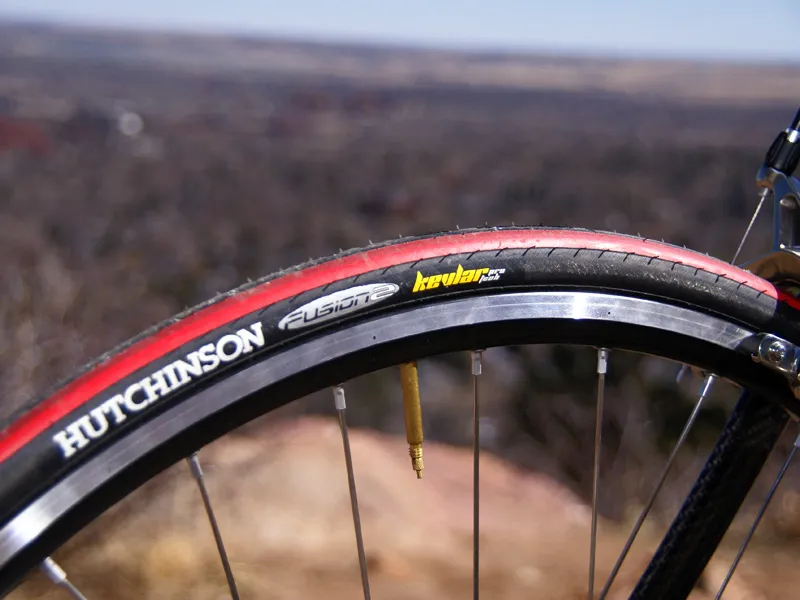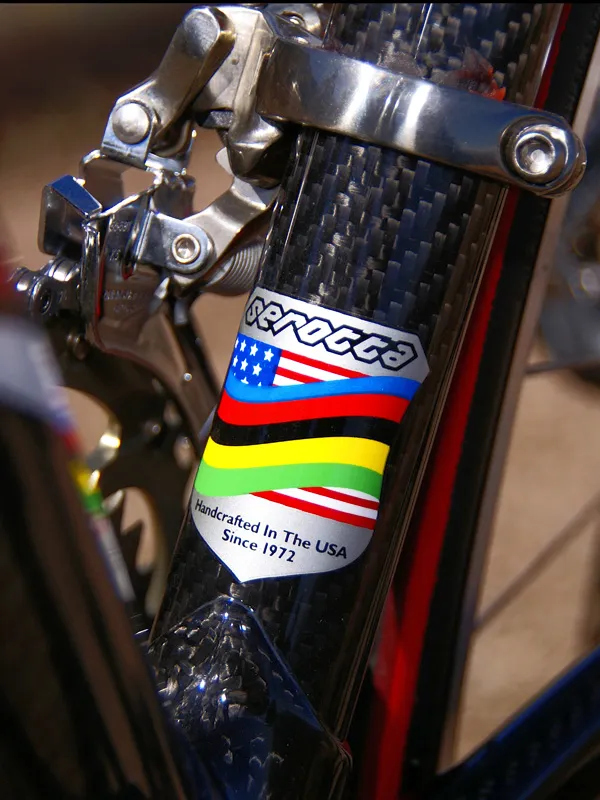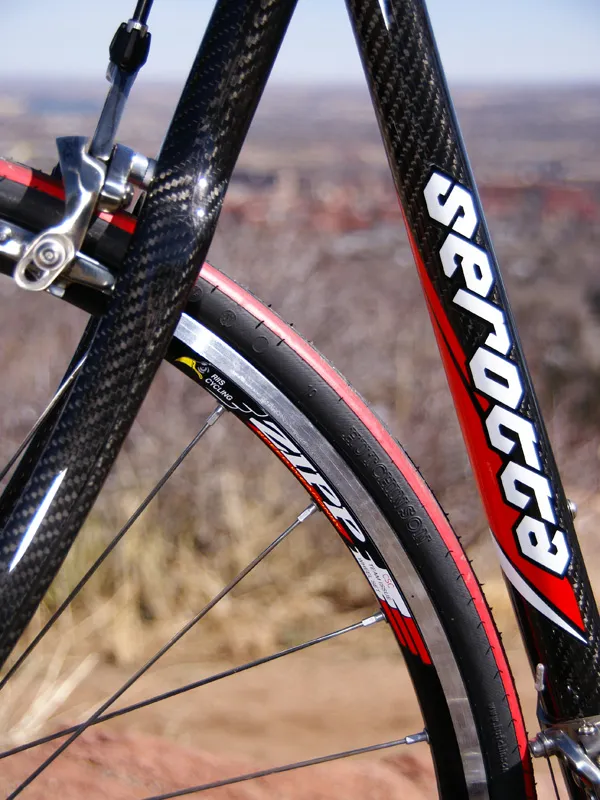The Serotta brand name has long been synonymous with American bicycle building. Now the company hopes to rekindle its association with racing with a new line of high-performance carbon machines. If our HSG Carbon tester is any indication, Serotta may be well on its way to restoring its old podium credentials.
Serotta’s past is deeply rooted in racing, having supported the efforts of such classic teams and riders as 7-Eleven, Coors Light, Crest, the 1980s US Olympic squads and Davis Phinney and Andy Hampsten. Among a sea of me-too, constant-diameter, round pipes, its Colorado Concept steel tubing was revolutionary.
The company has largely kept up with technology under the lead of founder, and once-again owner, Ben Serotta, with models such as the titanium-and-carbon Ottrott. But the classic appearance of much of its lineup and the high costs associated with its unflappable attention to detail and quality have won favour with the well-heeled doctor and lawyer crowd instead of the ‘How many Pot Noodles/packages of Ramen noodles can I buy with my race winnings?’ crew.
The Serotta name brings supreme quality, years of hard-fought experience and true race cred, but at a high price. The cost of the HSG pales in comparison to the top-end Serotta MeiVici frameset, but £4,180.20 (US$4,275) is still a lot of money to pay for a bare frameset. On the bright side, much of the knowledge and fabrication that goes into the custom MeiVici is also used in the stock HSG - there are just fewer geometry choices and tubing options.
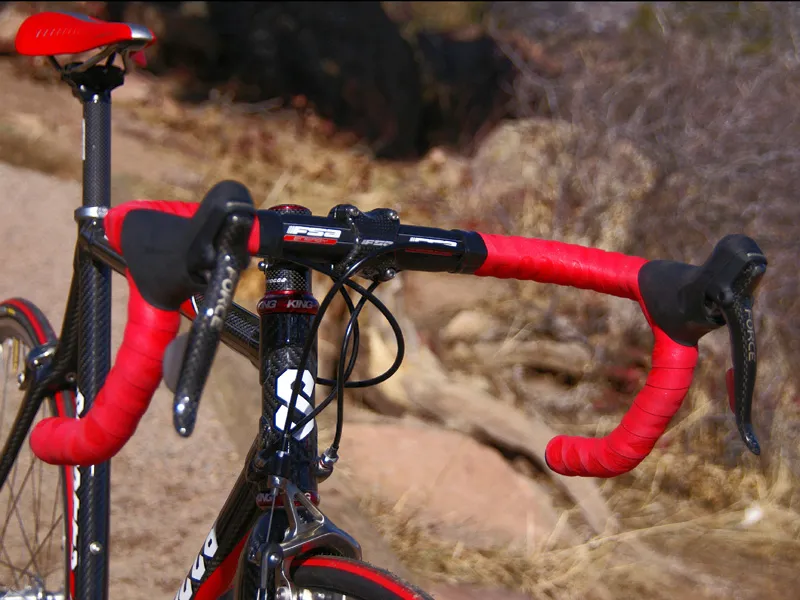
Ride & handling: Smooth, smooth and more smooooooth
The ride was everything we expected of a Serotta. On the less-than-ideal roads around the home base - which can sometimes be a deal-breaker right from the start - the frame easily and dutifully absorbed the minefield of vibrations and bumps from tired pavement that had endured yet another rough winter.
Not only were we less fatigued than usual from the relentless pounding but the handling over rough patches was top-notch. ‘Bigger’ and ‘stiffer’ may be the buzzwords for carbon frames these days, but in cases like this where the pavement surface is less than ideal a little more resilience can be just as much of a performance advantage, and the HSG Carbon has it in spades. Longer rides only served to reinforce those initial impressions.
In spite of appearances, the HSG frame has a pleasantly beefy feel when pounding on the pedals, with good sprinting response and acceleration. The “stiffest, lightest and most race-worthy Serotta ever” isn’t nearly as rigid as many other carbon racers we’ve sampled but what the HSG lacks in stiffness it makes up for in its reassuringly solid ride quality.
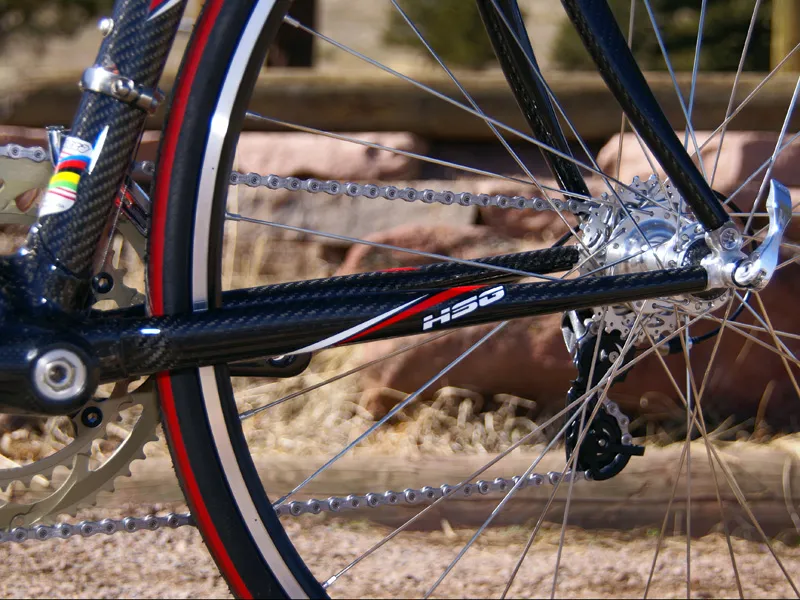
Unlike so much of its massively oversized competition that can be fantastically stiff and efficient on the test bench but hollow-feeling on the road, there’s little sense that the thick HSG tubes will buckle if you tap them too hard with your finger or that the first incident with the ground will result in a useless pile of jagged carbon shards. Never once did we question the frame reliability when confidently hurtling through high-speed corners.
Speaking of durability and high-speed corners, we inadvertently put the Serotta to the true test when someone took out our front wheel during a local criterium. Save for a bent rear wheel, a tweaked derailleur hanger (which was thankfully realigned later as it is not easily replaceable) and some scrapes, the HSG Carbon came out unscathed (unlike the rider).
The crash also afforded us the opportunity to do the most direct comparison possible - a bike switch (with a neutral service bike) with our heart rate still at race pace. While the replacement bike was a quality ride in its own right, it made us appreciate the feel of the HSG. The bigger, stiffer and lighter loaner was snappier and more nimble but it took several laps to even begin to trust its handling in the corners after racing on the HSG. Whereas the resilient Serotta felt practically glued to the ground, the replacement seemed more like it was skipping across the pavement, especially when it was rough.
Think of the Serotta as a lifetime investment that can also be successfully raced as opposed to a dedicated racer that might make it into the next season.
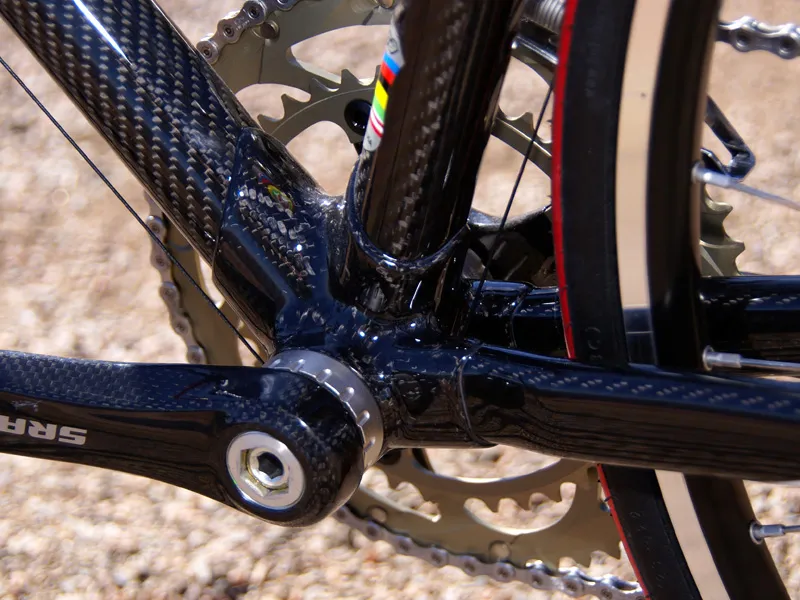
Frame: Slender-looking carbon tubeset with reinforcement in all the right places
The HSG Carbon’s Colorado Concept Torsion Core tubeset recalls the artfully swaged, butted and ovalized shapes of Serotta’s old steel bikes but recreated in far lighter carbon fibre. Likewise, the once-steel lugs have been replaced with carbon lugs made from multiple modulus lay-ups and key areas such as the head tube and bottom bracket are reinforced with titanium inserts.
Serotta describes the HSG tubes as “oversized” and while they certainly are by 1980 standards, they look distinctly undersized compared to most modern competitors. Then again, pressing one's finger into any area of the HSG frame suggests that those relatively small-diameter tubes are well bolstered with sturdy thick walls that, if nothing else, should hold up better to long-term abuse. Serotta specifies its stiffest TC2 lay-ups for the HSG Carbon and the biggest tube sections are concentrated around the bottom bracket area.
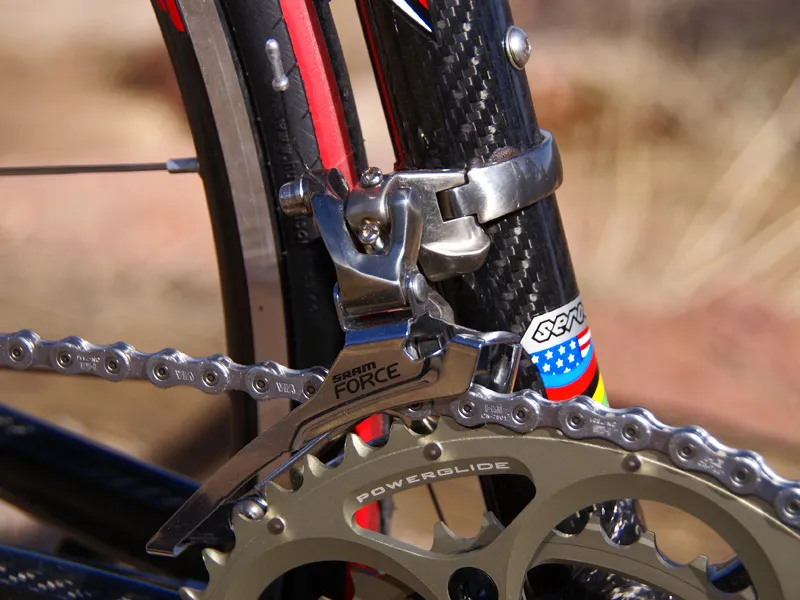
Equipment: SRAM gruppo, Zipp wheels, Chris King headset and FSA finishing kit
Our test bike came outfitted with Serotta’s SRAM Force build kit which also included a Zipp Team CSC clincher wheelset, an FSA handlebar, seatpost and stem, Hutchinson tires, and a Chris King headset.
Completing the ensemble was Serotta’s S-Fork which mates a carbon steerer and legs to a set of minimal-looking aluminum dropouts. Total weight for our 54cm sample was an encouraging 7.21kg (15.89lb).

